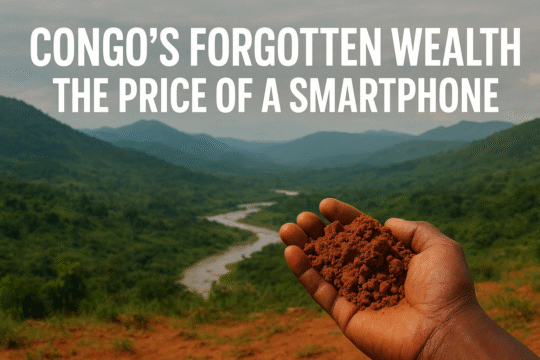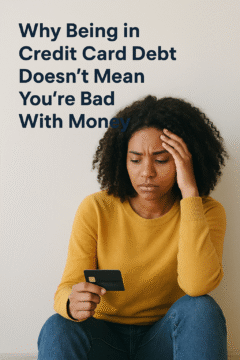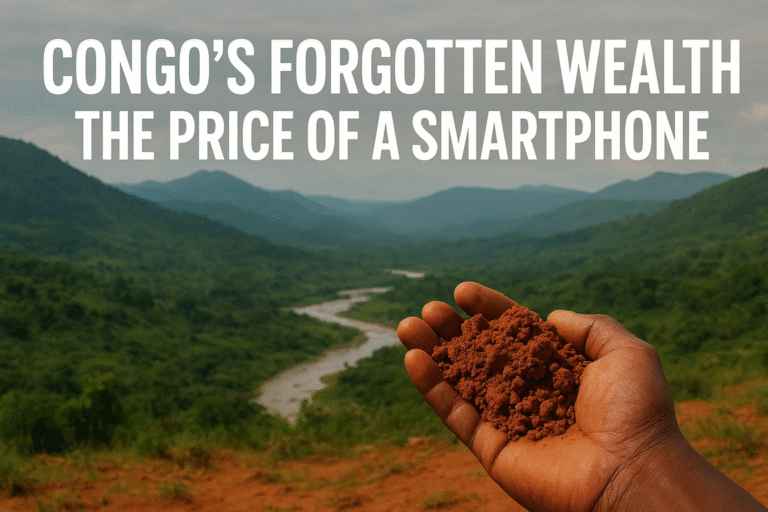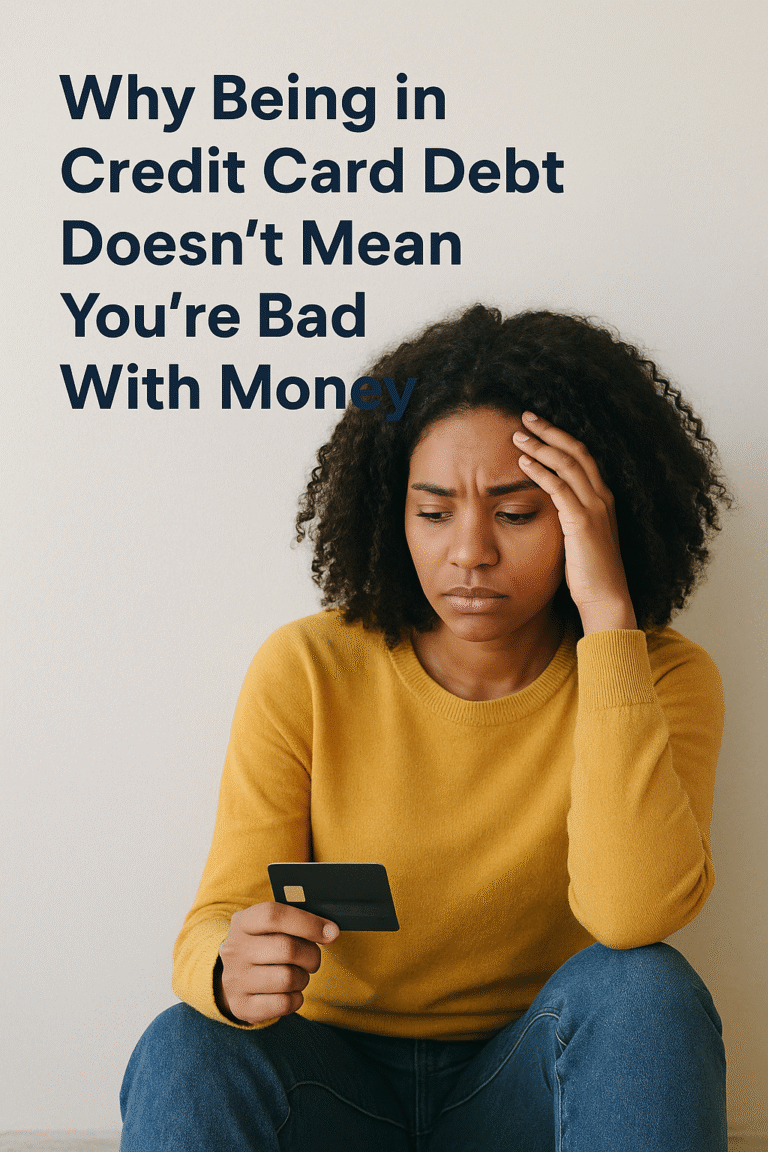OK I’m not gonna sugarcoat this but… you can literally buy the U.S. economy.
Wait, wait, wait. Before you go off on me saying all sorts of stuff, I need you to take a moment and hear me out.
I’m not your ordinary suit-and-tie wearing financial advisor, but what I’m sharing with you here is exactly what I’d do because I’m learning to own a piece of something real. This information is rock solid, and most of us never hear about it. It’s not taught in school. Maybe if your folks are rich, they’d pass down this knowledge at the dinner table, but if not? Don’t worry. Today, I’m going to expose how you can buy the U.S. economy with just $3,000.
Let Me Paint You a Picture
Imagine you’ve got $3,000 stashed away under your bed. Every time you open the drawer, it stares back at you, daring you to do something with it. But instead, it just sits there, waiting for the day you finally use it on a weekend getaway, a stack of takeout meals, or a shiny new gadget that feels fun for about three days.
Now, $3,000 might not sound like much in the grand scheme of things. It’s not enough for a down payment on a house. It won’t buy you a new car. It won’t even stretch as far as it once did at the grocery store. But here’s the thing: if you handle it wisely, it can be the seed that grows into something much larger over time.
And if I had that $3,000 today, here’s exactly how I’d put it to work. Spoiler: part of it goes toward something wild—owning the entire U.S. economy in one shot.
First Things First: Why Not Just Spend It?
It’s easy to think $3,000 isn’t enough to matter, so why not just enjoy it? But here’s the trap: money without a plan never lasts. Without a purpose, it slips away little by little. A dinner out here, a new outfit there, and before you know it, the money is gone. All you have to show for it are some blurry photos from a night out and maybe a few packages on your porch.
That’s why the first rule of money is simple: give every dollar a job. If you don’t, it’ll vanish. So let’s give this $3,000 a plan that actually builds something.
Step 1: Build a Mini Emergency Fund ($500)
Before I think about investing, I want a small safety net. Life has a way of throwing curveballs when you least expect them. A car’s transmission doesn’t wait for payday to fail. A toothache doesn’t politely schedule itself for after bonus season. Emergencies never arrive at the “right” time.
That’s why I’d take $500 and set it aside an emergency fund in a high-yield savings account with a bank like SoFi, Ally, or Marcus. This money isn’t there to grow but there to protect. It’s like carrying an umbrella: most days you won’t need it, but when the storm comes, you’ll be glad it’s there. Having that cushion keeps you from panic-selling your investments whenever life takes a swing.
Step 2: Buy the Entire U.S. Economy ($1,500)
Here’s where things get exciting. With about half the money—$1,500—I’d buy VTI.
Now, if you’ve heard of VTSAX, that’s the legendary Vanguard fund people rave about, but here’s the catch: it requires a $3,000 minimum investment just to get in the door. That won’t work for us right now. Luckily, VTI is the ETF version of the same fund—no minimum, just buy as many shares as you can afford.
Think of VTI as a giant basket holding thousands of U.S. companies. Apple, Amazon, Walmart, Tesla, McDonald’s, Home Depot—they’re all inside. Instead of trying to guess the one company that will win, you simply buy them all. That’s diversification made simple.
Owning VTI is like owning the U.S. economy itself. When the economy grows, so does your investment. And with $1,500, you instantly own a slice of nearly every major business in America. That’s powerful.
Step 3: Add Some Steady Dividends with SCHD ($750)
While VTSAX is great for long-term growth, it doesn’t hand you much cash along the way. That’s where SCHD comes in.
SCHD is an ETF that focuses on companies that consistently pay dividends. A dividend is basically a thank-you check—a company’s way of sharing a piece of its profit with you just because you own its stock. These checks come four times a year.
With $750 in SCHD, you’re building a small income stream. At first, it’s just a few bucks. But when you reinvest those dividends, the trickle grows. Over time, those small payouts can snowball into something surprisingly steady. It’s like setting up a mini cash machine that slowly builds momentum.
Step 4: A Fun Stock Pick ($250)
Finally, I believe it’s important to keep investing fun. That’s why I’d take $250 and put it into a single stock I really believe in. For me, that’s Apple. And yes, let’s have some fun but let’s also eat healthy—so why not take a bite of Apple? 🍏
Apple isn’t just another company. It’s an ecosystem. The iPhone, the MacBook, the AirPods, the Apple Watch—it’s quicksand you can’t escape, but in a shiny, addictive way. Once you’re in, you’re in for good.
And let’s not overlook innovation. Those new AirPods with real-time translation? That’s more than a cool gadget. That’s game-changing. Imagine traveling to another country and being able to speak to anyone instantly. That’s the future—and owning Apple stock is like owning a small piece of that future.
Now, is it risky to put money into a single company? Of course. That’s why it’s just $250. But it keeps you engaged. It makes investing feel personal. And honestly, it’s fun to cheer for a stock you actually use every single day.
Why This Mix Works
This combination of moves works because it balances different goals. The $500 cushion gives you peace of mind and keeps you from panicking. The $1,500 in VTSAX is smart, broad exposure to the entire U.S. economy. The $750 in SCHD provides dividends that can snowball into real income. And the $250 in Apple (or whichever company you believe in) keeps you personally invested and excited.
Together, you’ve got a mix of safety, growth, income, and engagement. That’s how you turn $3,000 into more than just cash under the bed—it becomes the foundation for real wealth building.
The Three Choices You Really Have
At the end of the day, you’ve only got three options for that $3,000:
Option 1: Leave it under the bed (or in your checking account) and let it slowly disappear into random spending. A weekend here, some gadgets there, and before you know it, it’s gone with nothing to show for it.
Option 2: Save up the whole $3,000 and drop it straight into VTSAX. This is the classic index fund move, but it means you’d be stuck waiting and doing nothing with the money until you hit that minimum.
Option 3: Get started right away with the split plan: $500 in a savings cushion, $1,500 into VTI (the ETF version of VTSAX with no minimums), $750 into SCHD for dividends, and $250 into a fun stock like Apple.
👉 As for me and my house, I’d go with Option 3. Because waiting around feels like standing on the sidelines while the game has already started.
The Takeaway
You don’t need to be a financial genius to start building wealth. I’m not one. I’m just a regular person figuring out how to own a slice of the future—and sharing the playbook with you.
So, the real question is this:
👉 If you had $3,000 right now, would you buy the U.S. economy in one shot, or would you split it up like this?
Follow us on Facebook and Instagram for the latest updates and exclusive content!










